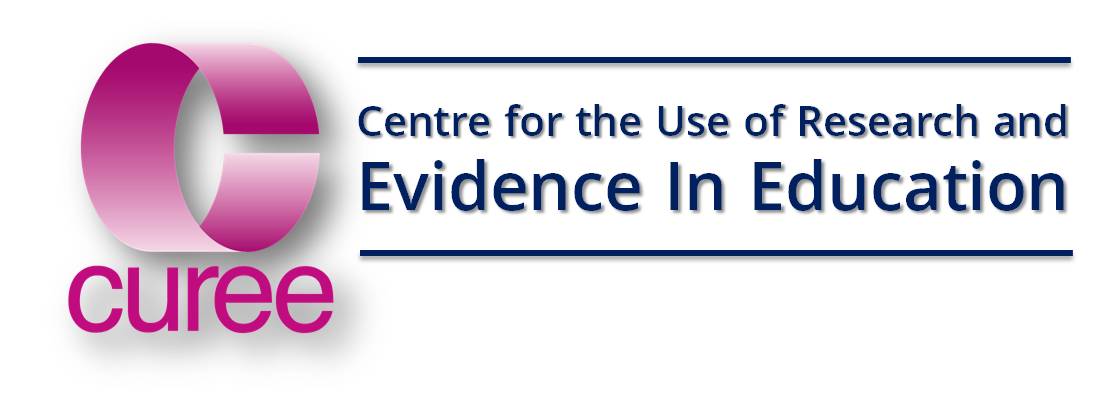Using Assertive Mentoring to counter laddishness
Aim: The study set out to explore the effects of a particular style of mentoring that aims to tackle issues of laddishness and macho image. It set out to provide ways for the students to opt out of laddish behaviour (prevalent amongst some girls as well as lads) without threatening their status in the eyes of their peers.
